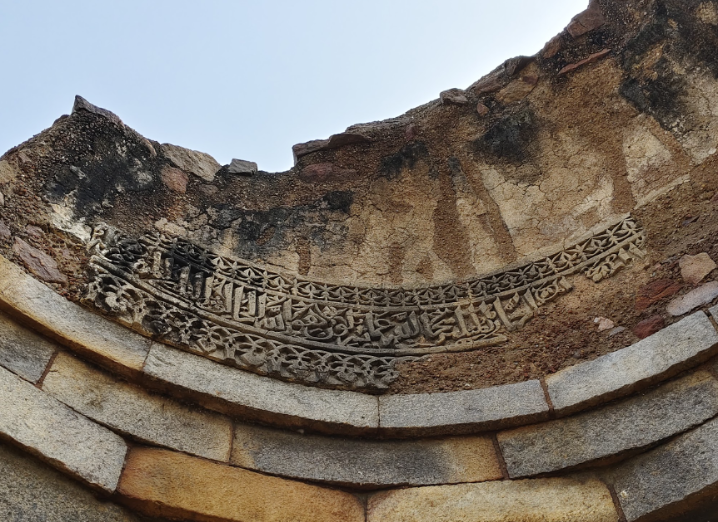Exploring Delhi’s Hidden Tombs: A Tour of Kotla Mubarakpur by Aanya Agarwal

Exploring Delhi's history is like peeling an onion. Peeling off each layer is accompanied by a growing anticipation of recovering the lost heritage. It involves a little bit of crying (read: encountering closed historical sites after painstakingly finding them!), followed by an immense sense of happiness on finding what is beneath. It was a fine day in October, a month that is blessed with just the right amount of sun and cold. My father and I, taking advantage of the weather, decided to embark on a tomb-hopping adventure in the bustling neighbourhood of East Kidwai Nagar in South Delhi. Our mission, akin to catching Pokémons, was to spot as many tombs as we could in the Kotla Mubarakpur complex. Armed with appropriate footwear (good luck to anyone attempting to navigate the narrow lanes of Kotla Mubarakpur with a car) and a trusty phone camera, we set out on a day full of site covers! Our journey began with Darya Khan's tomb. Newly built residential complexes and a manicured ...
